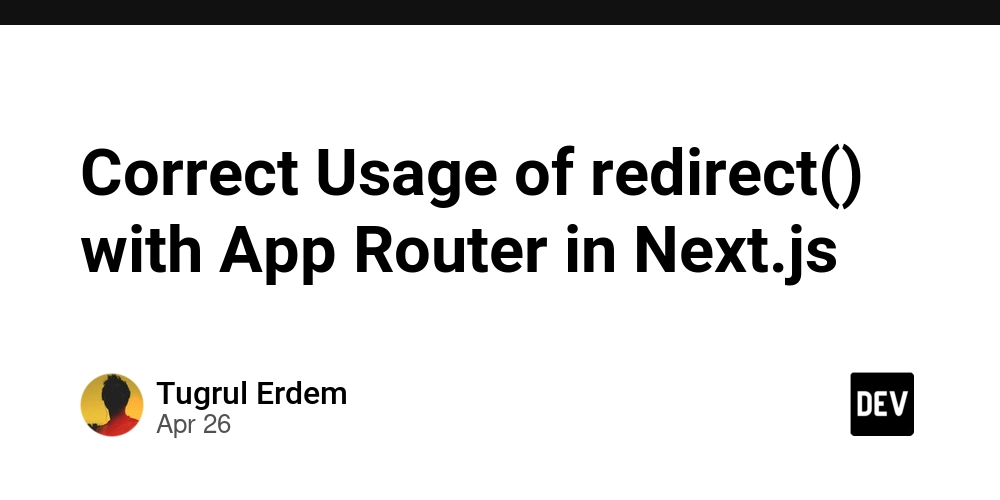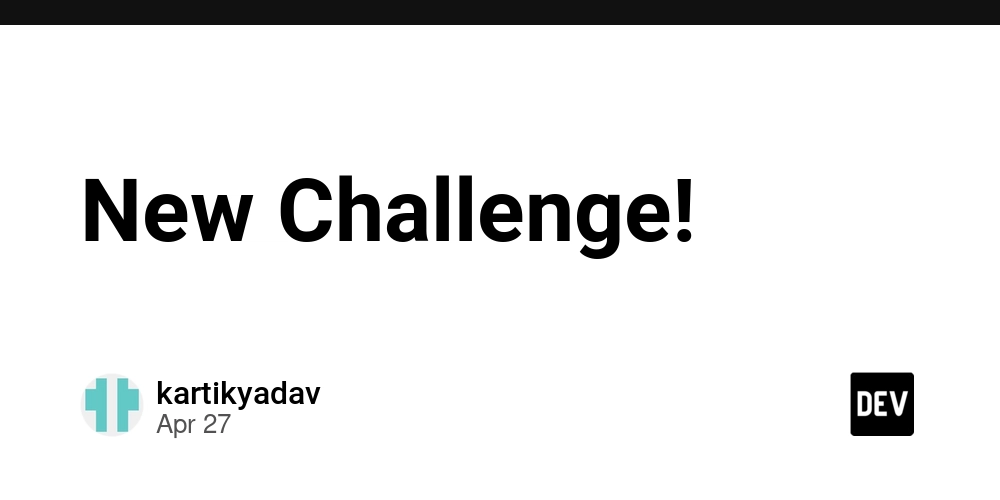I Made My First AWS Lambda Function (And It Did… Absolutely Nothing)
If you're anything like me, you've probably seen those buzzwords floating around: "serverless," "Lambda functions," "event-driven computing." It sounds futuristic - like programming without writing code, or spinning up logic that just exists in the cloud. So naturally, I wanted in. A few days ago, I set out to make my first AWS Lambda function. I wasn't trying to build anything crazy. I just wanted to see if I could wire something together and watch it work. Spoiler: I did. My Lambda didn't do much, but I saw it work - and that made all the difference. Here's how it went. The Plan: Trigger a Lambda From an S3 Upload I came up with the most basic idea possible: Upload a file to S3 → have that action trigger a Lambda function I wasn't worried about the function doing anything useful. I just wanted to see the gears turn: trigger → function → log. You could say it was a science experiment. The goal wasn't utility. It was proof.

If you're anything like me, you've probably seen those buzzwords floating around: "serverless," "Lambda functions," "event-driven computing." It sounds futuristic - like programming without writing code, or spinning up logic that just exists in the cloud.
So naturally, I wanted in.
A few days ago, I set out to make my first AWS Lambda function. I wasn't trying to build anything crazy. I just wanted to see if I could wire something together and watch it work. Spoiler: I did. My Lambda didn't do much, but I saw it work - and that made all the difference.
Here's how it went.
The Plan: Trigger a Lambda From an S3 Upload
I came up with the most basic idea possible:
Upload a file to S3 → have that action trigger a Lambda function
I wasn't worried about the function doing anything useful. I just wanted to see the gears turn: trigger → function → log.
You could say it was a science experiment. The goal wasn't utility. It was proof.





































































































































































![[The AI Show Episode 145]: OpenAI Releases o3 and o4-mini, AI Is Causing “Quiet Layoffs,” Executive Order on Youth AI Education & GPT-4o’s Controversial Update](https://www.marketingaiinstitute.com/hubfs/ep%20145%20cover.png)











































































































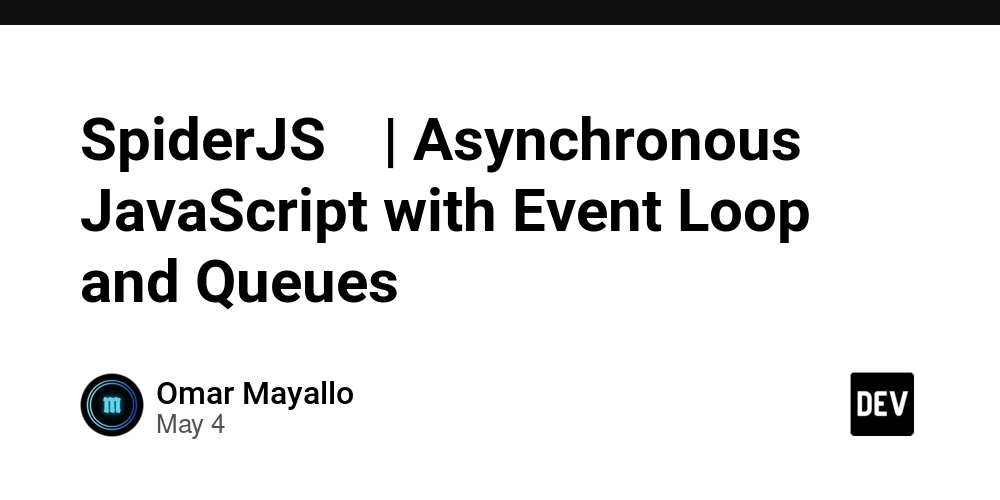

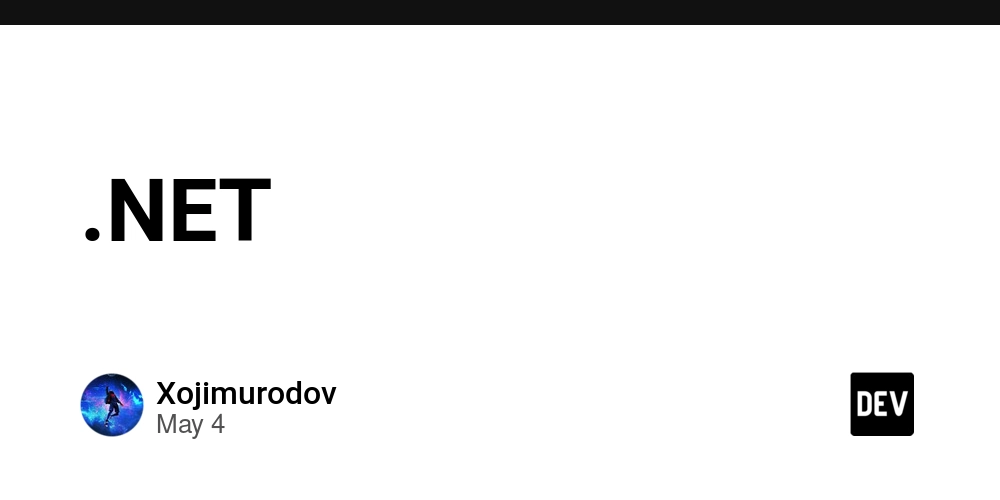













![[DEALS] Microsoft 365: 1-Year Subscription (Family/Up to 6 Users) (23% off) & Other Deals Up To 98% Off – Offers End Soon!](https://www.javacodegeeks.com/wp-content/uploads/2012/12/jcg-logo.jpg)




![From Art School Drop-out to Microsoft Engineer with Shashi Lo [Podcast #170]](https://cdn.hashnode.com/res/hashnode/image/upload/v1746203291209/439bf16b-c820-4fe8-b69e-94d80533b2df.png?#)









































































































(1).jpg?#)































_Inge_Johnsson-Alamy.jpg?width=1280&auto=webp&quality=80&disable=upscale#)








































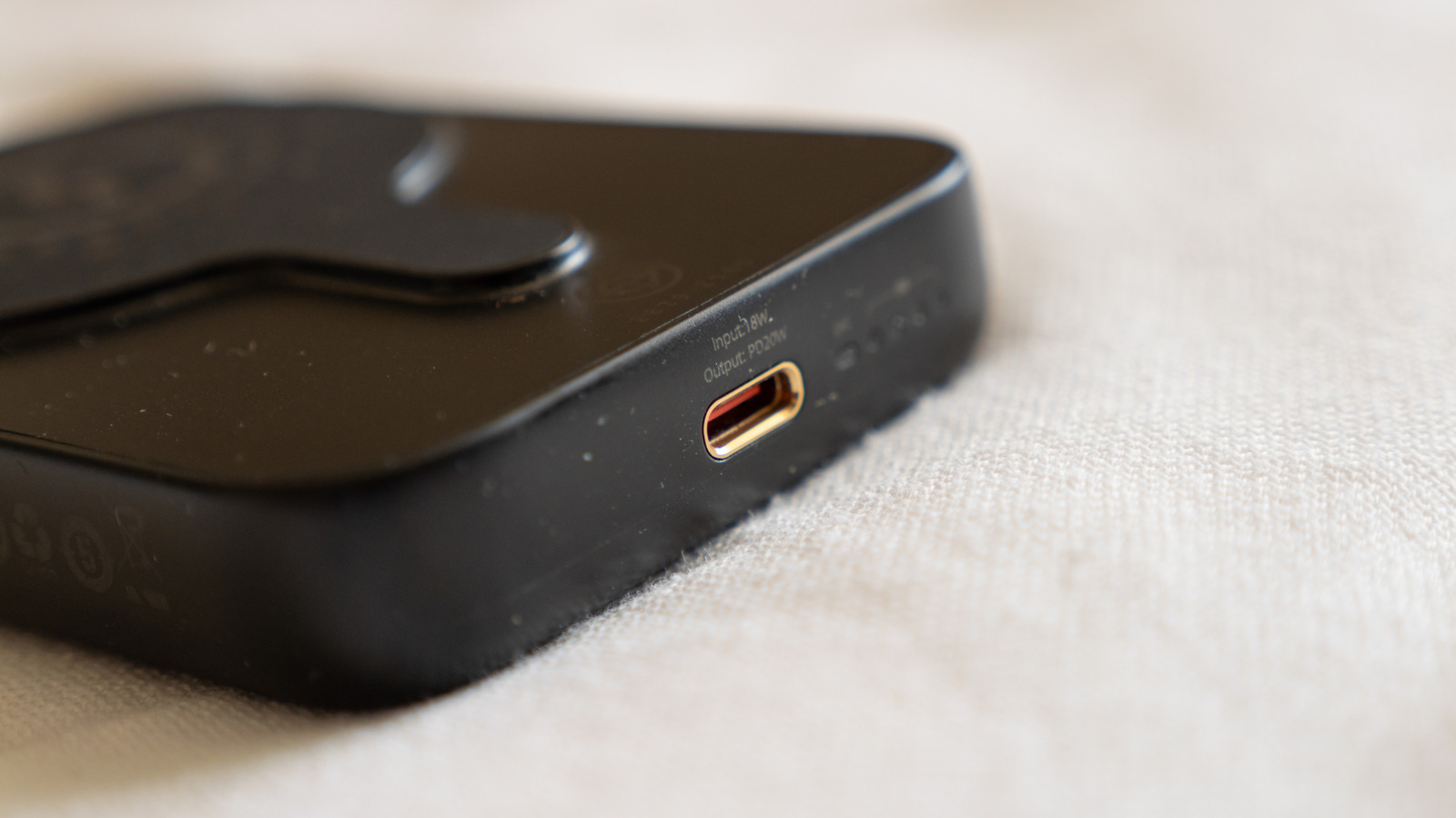


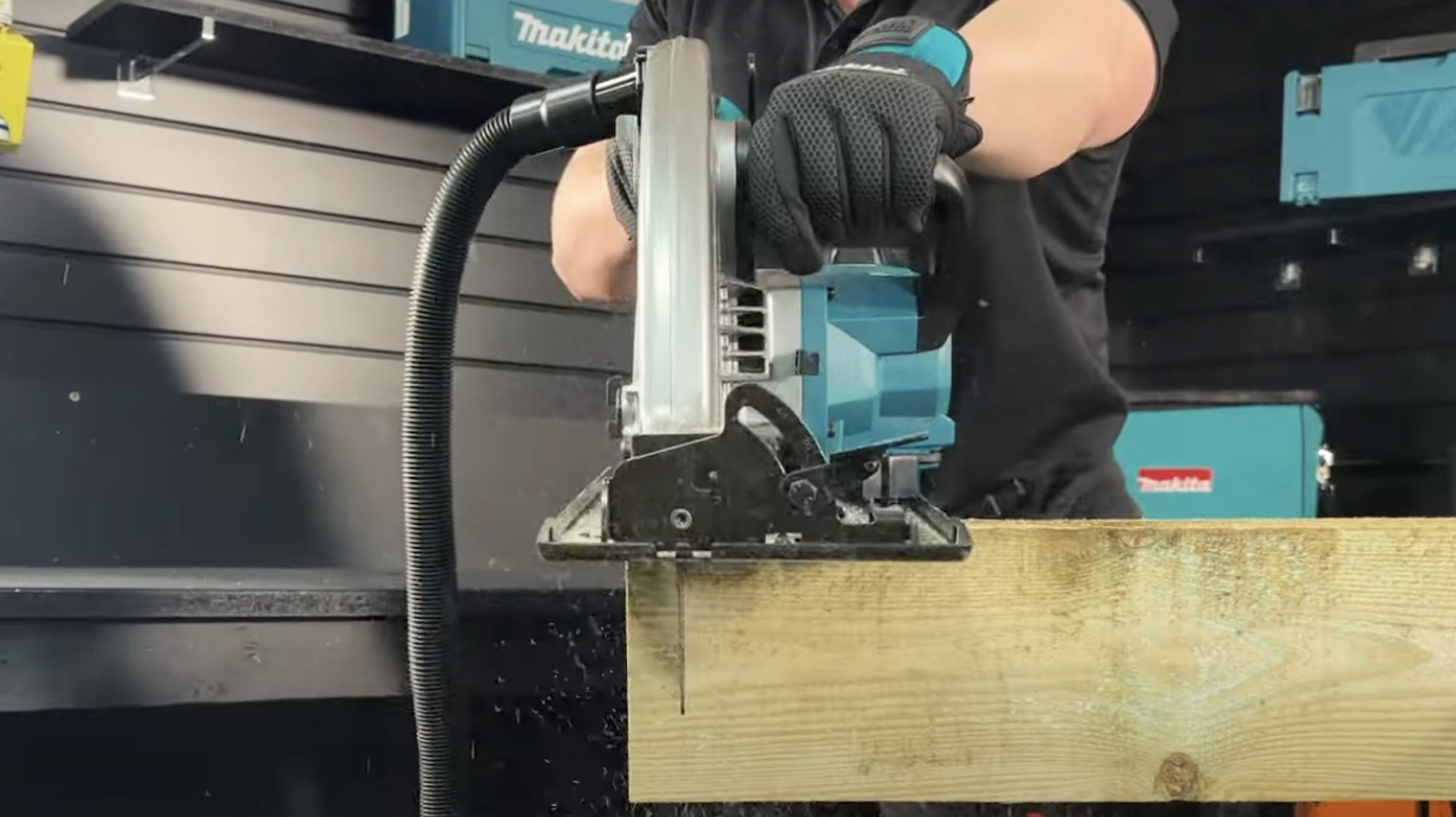































































![Apple to Split iPhone Launches Across Fall and Spring in Major Shakeup [Report]](https://www.iclarified.com/images/news/97211/97211/97211-640.jpg)
![Apple to Move Camera to Top Left, Hide Face ID Under Display in iPhone 18 Pro Redesign [Report]](https://www.iclarified.com/images/news/97212/97212/97212-640.jpg)
![Apple Developing Battery Case for iPhone 17 Air Amid Battery Life Concerns [Report]](https://www.iclarified.com/images/news/97208/97208/97208-640.jpg)
![AirPods 4 On Sale for $99 [Lowest Price Ever]](https://www.iclarified.com/images/news/97206/97206/97206-640.jpg)















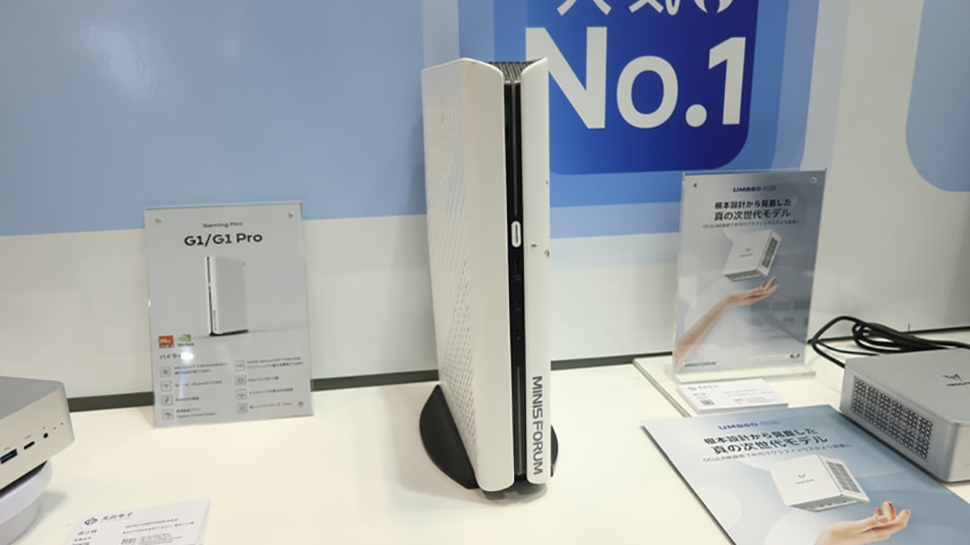

















![[Updated] Samsung’s 65-inch 4K Smart TV Just Crashed to $299 — That’s Cheaper Than an iPad](https://www.androidheadlines.com/wp-content/uploads/2025/05/samsung-du7200.jpg)


































































